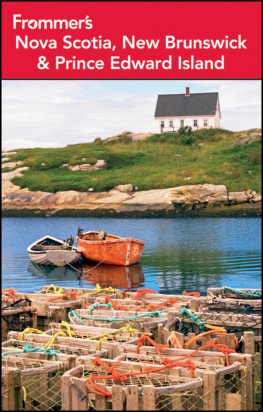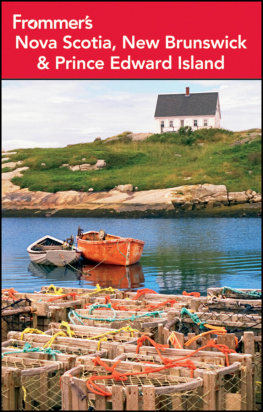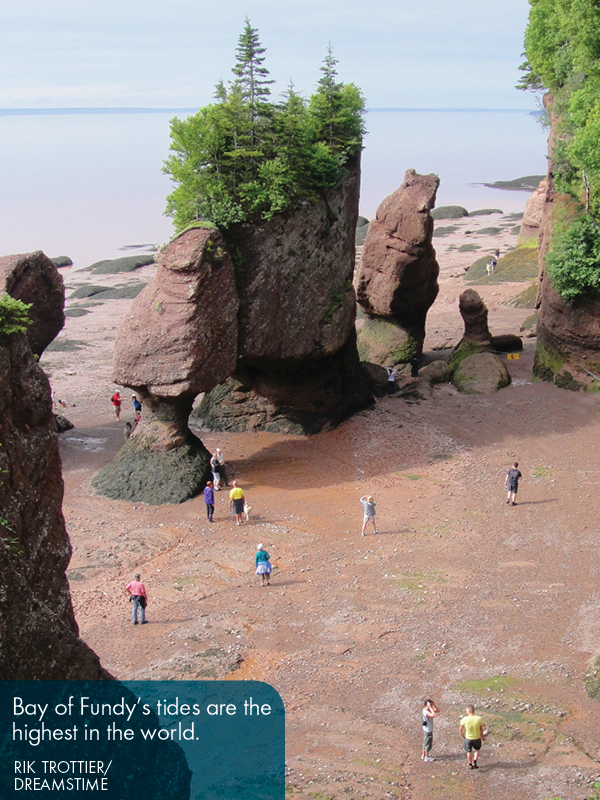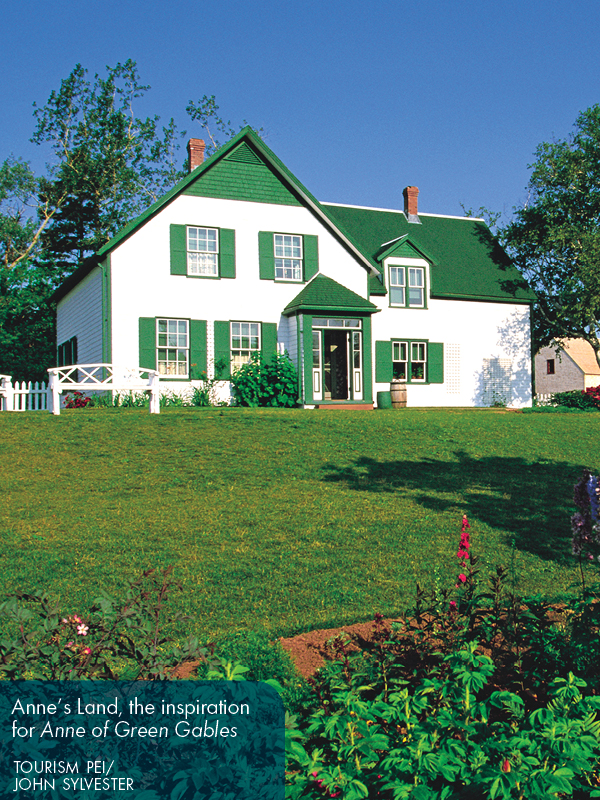July and August, when long, warm days let you fully enjoy attractions and activities, are the most popular months to visit Atlantic Canada. Beaches beckon in summer, sites open their doors for extended hours, and outfitters go full tilt, offering both soft and extreme outdoor adventures. As an added bonus, the seafood is freshest during those sunny days (or at least it seems so when youre eating at a waterside caf) and the calendar is packed with festivals. Fall brings bountiful harvests, excellent whale-watching, and, of course, brilliant foliage. The trees, which start turning in late September, are at their most dazzling in October, and events like Cape Bretons Celtic Colours International Festival are scheduled to coincide with the vivid display.
Although many outlying inns and eateries close for the coldest months, there is a lot to do in Atlantic Canada during the winter. Snowmobilers and skiers, for example, can chill in northern New Brunswick, which gets as much as 400 centimeters (157 inches) of snow annually. March and April are the months for maple syrup and north-bound migratory birds, but travelers typically avoid this time as the weather is often frosty and wet. Late spring, though, is delightful. Apple trees bloom, wildflowers reappear, seasonal tourism operations reopen, and the visitor-to-local ratio remains low.
Climate
As a general rule, spring arrives later in coastal regions than inland, and nights are cool by the water even in summer. The balmiest land temperatures are recorded in July and August, while the ocean is at its warmest in August and early September. Autumn can last well into November, with warm, clear days and crisp nights. Most of Atlantic Canada is blanketed by snow in winter.
As far as main cities go, it may be handy to note that St. Johns is uncommonly cold and Halifax, due to the Gulf Stream, is relatively moderate in winter.
Canadas east coast is justifiably famous for its natural beautyafter all, its photogenic headlands, highlands, and harbors provide endless Instagram opportunities. However, it is the people who live here that really set this place apart. These days Atlantic Canadians
... are dealing with the economy
Thanks to off-shore oil, St. Johns (Newfoundland and Labradors largest city) is booming. The economic outlook in Halifax is bright, too, as demonstrated by the amount of construction downtown. Being the de facto capital of Atlantic Canada, Halifax is the regional center for health and education (which gives it a strong white-collar presence); plus the Canadian navys Atlantic fleet is based here (adding a lot of sailor blue). As a port city, Halifax is further benefiting from a multiyear, $25-billion shipbuilding contract awarded in 2011.
But here, as elsewhere in North America, rural areas are struggling. Heritage industries still form the economic backbone: farming is one, forestry and its offshoots (like the pulp-and-paper business) is another. Fishing, of course, also counts because seafood isnt just a menu staple: along much of the coast, it provides livelihoods. Not surprisingly, tourism in such spots is especially important. So while Atlantic Canadians are genuinely happy to see you, the cash visitors inject into the economy offers them an added incentive to be friendly.
... are proud of their roots
In todays fast-changing world locals might not be sure where they are going, but they remain very conscious of where they came from. MiKmaq communities here continue to honor traditions handed down from the original inhabitants, and the legacy of early European settlers is equally apparent. Witness the living culture of Francophone Acadians, who proudly fly their own Stella Maris flag in parts of Nova Scotia, New Brunswick, and PEI. Their joie de vivre tinges everything from the instruments they play to the delicacies they devour (think spoons and rappie pie respectively). On Cape Breton, conversely, descendants of Scots who arrived centuries ago nibble oatcakes, step-dance to Celtic fiddle music, and enliven conversations with the odd Gaelic phrase. Newer immigrant groups have also staked their claim, showcasing their own contributions to the region at events such as the annual Nova Scotia Multicultural Festival.
... are enjoying the great outdoors
Urban sprawl is virtually unheard of around here, and huge tracts of landparticularly in Newfoundland and Labrador and central New Brunswickremain undeveloped. Generously sized civic green spaces (picture Halifaxs Point Pleasant Park or Saint Johns Rockwood Park) are plentiful as well, so its easy for outdoorsy sorts to find a place to play. Fresh-air fans regularly lace up hiking boots, pick up paddles, hop on bikes, lob golf balls, and grab fishing gear. All of their energy isnt expended on exercise, though. Atlantic Canadians also work hard to preserve their natural heritage for future generations. This explains why they have successfully lobbied to protect Sable Island (which was being threatened by the off-shore oil industry) as a national park, and to win UNESCO Biosphere Reserve status for both the Bay of Fundy and more than 13,770 square km (5,316 square miles) of pristine southwest Nova Scotian terrain.
























